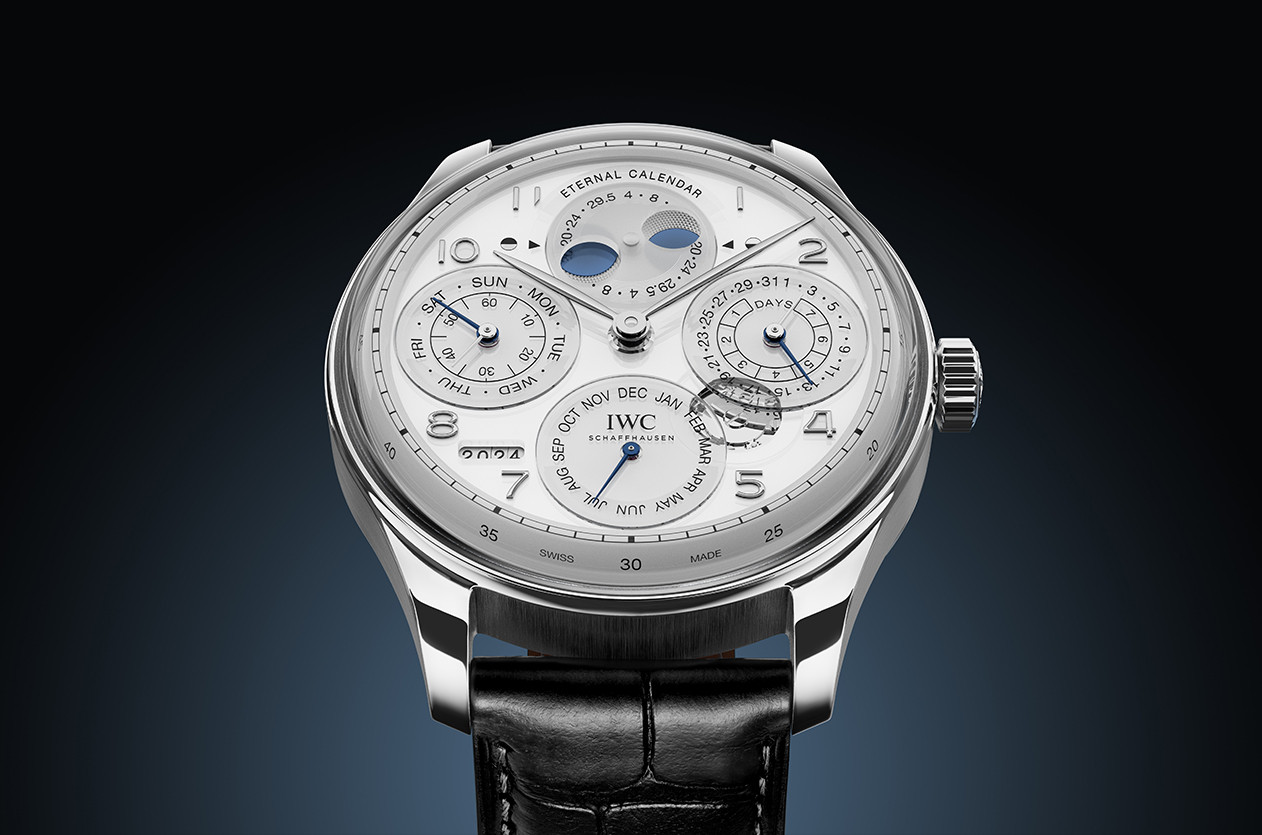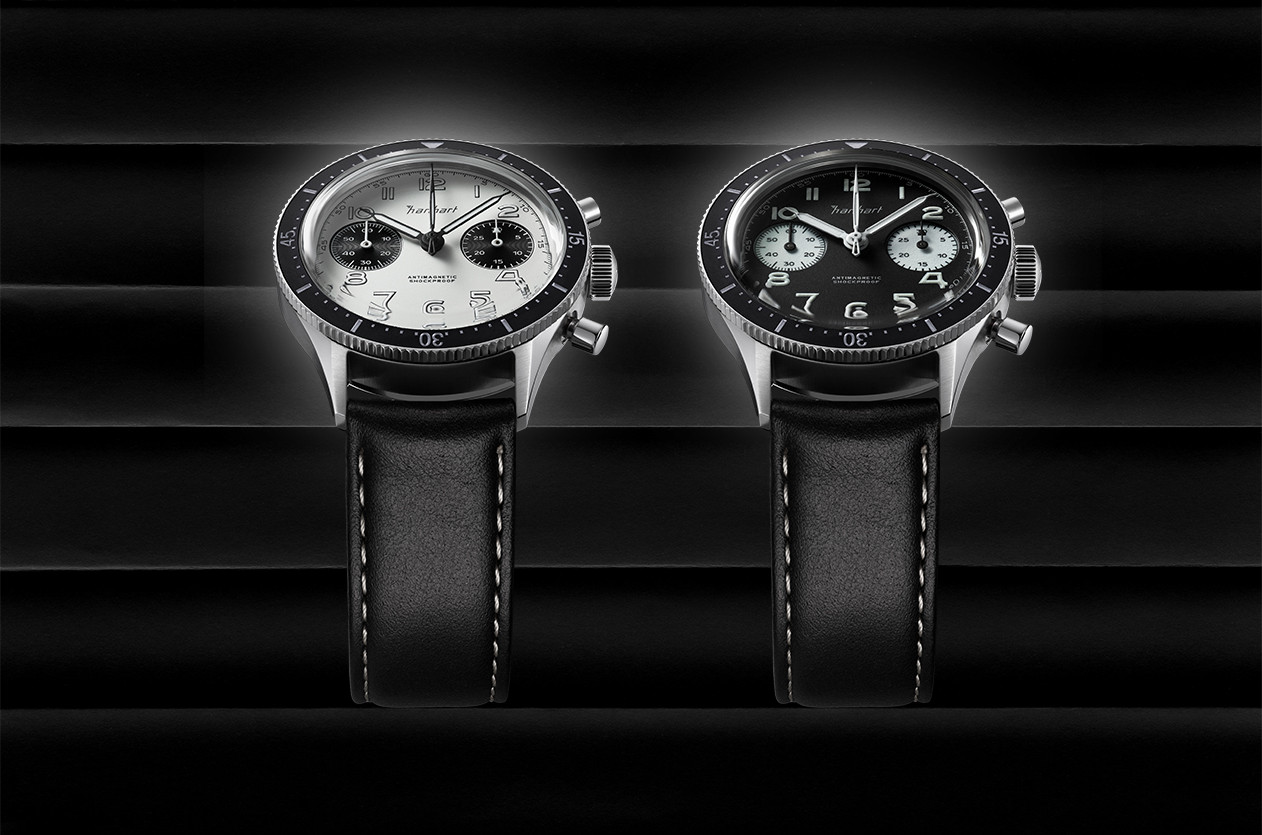
Introducing Blancpain Unveils the Fifty Fathoms Tech 45mm
Welcome to the hub of the horoloy
How will brands navigate these hurdles, and what impact might they have on prices?

At the start of April, as collectors and connoisseurs flocked to the world’s premier watch fair, the luxury timepiece industry was rocked by sudden news. On the fifth day of the exhibition, former U.S. President Donald Trump announced a 31% tariff on all Swiss imports unleashing immediate market turbulence.
Swiss watches represent about 17% of the nation’s total production and rank as its third-largest export to the United States, behind only pharmaceuticals and gold. Last year, American buyers accounted for over CHF 4.37 billion of Swiss watch exports, cementing the U.S. as the industry’s most critical market.
 Although the 31% levy was repealed in under a week, a blanket 10% import duty remains in effect, instantly driving up the landed cost of every Swiss watch. The fallout intensified after Trump’s “Liberation Day” address sent the U.S. dollar tumbling and the Swiss franc surging raising import expenses by as much as 25%.
Although the 31% levy was repealed in under a week, a blanket 10% import duty remains in effect, instantly driving up the landed cost of every Swiss watch. The fallout intensified after Trump’s “Liberation Day” address sent the U.S. dollar tumbling and the Swiss franc surging raising import expenses by as much as 25%.
Meanwhile, gold has surged more than 20% since January, briefly topping USD 3,400 per ounce before settling around USD 3,300. This spike prompted marquee brands such as Rolex to raise prices on their gold-cased models earlier, and further increases loom if bullion continues its ascent.
 Swiss watchmakers were already contending with slumping sales in their second-largest market, China, amid that country’s real-estate downturn and its ripple effects in Hong Kong. Just as Asia’s recovery remains fragile, Western markets now face fresh headwinds—prompting a pivotal question: how will brands adapt?
Swiss watchmakers were already contending with slumping sales in their second-largest market, China, amid that country’s real-estate downturn and its ripple effects in Hong Kong. Just as Asia’s recovery remains fragile, Western markets now face fresh headwinds—prompting a pivotal question: how will brands adapt?
According to U.S. trade outlets, Rolex plans to hike American retail prices by approximately 3% this month. While the maison has yet to confirm publicly, authorized dealers have been notified of a simultaneous 1% cut to their margins—capping dealer markup at 33%. If verified, this marks Rolex’s second price adjustment of 2025, following its gold-model increase.
Swatch Group moved swiftly as well. As reported by Hodinkee, the Swiss giant raised U.S. prices by 7–10% in response to the combined pressures of tariffs, bullion costs, and franc strength.
 The pre-owned sector stands poised for a seismic shift, too. As retail prices climb, many buyers will likely turn to secondary-market sources, driving up demand and valuation for vintage and pre-worn pieces. This dynamic presents sellers with new opportunities and buyers with fresh challenges.
The pre-owned sector stands poised for a seismic shift, too. As retail prices climb, many buyers will likely turn to secondary-market sources, driving up demand and valuation for vintage and pre-worn pieces. This dynamic presents sellers with new opportunities and buyers with fresh challenges.
Yet the Swiss watch industry has weathered existential threats before: the quartz crisis, the advent of smartwatches, and even the COVID-19 pandemic, when it stood among the few luxury sectors to grow.
In today’s volatile landscape, brands may need to diversify beyond the U.S. dollar and explore new markets. Currency swings remain critical: a strong franc erodes export competitiveness, while any franc-dollar weakening could help offset U.S. duties.
Moreover, these pressures are not unique to timepieces, Europe’s entire luxury-goods ecosystem faces similar challenges. Still, recent stock gains hint at cautious optimism: LVMH shares have climbed 13% over the past month, and Richemont is up 21% year-to-date, though much of this performance stems from their diversified brand portfolios.
In the long term, some brands may need to establish or expand assembly and manufacturing facilities in the United States to classify their watches as domestic products and bypass import duties. However, this move requires massive investment and could take years to complete. It is worth noting that several companies have expanded their factories or built new facilities in Switzerland in recent years in response to rising demand—underscoring their commitment to remaining in Switzerland, where most suppliers and skilled labor are concentrated.

Introducing IWC Releases Its First Secular Perpetual Calendar, The Portugieser Eternal Calendar

Introducing Tudor Unveils the Pelagos FXD Chrono “Pink”

First Look Hermès Revives the Arceau Le Temps Suspendu Edition

Introducing Hanhart Expands Its 417 ES Collection with Panda and Reverse Panda Editions

Introducing H992: A New Independent Brand Rising in Swiss Watchmaking

News Dubai Watch Week 2025 Will Be the Largest Ever with 90 Brands Participating

Technical The Frequency, Why It Matters in Mechanical Watches

Editorial The Secrets of Watch Case Design

Editorial Abraham-Louis Breguet, The Father of Modern Horology

Introducing Abu Dhabi Hosts the Launch of Greubel Forsey's 20th Anniversary Nano Foudroyante
Comment Delete Text
This page is available in English only. Please click below to visit Arabic Home page!